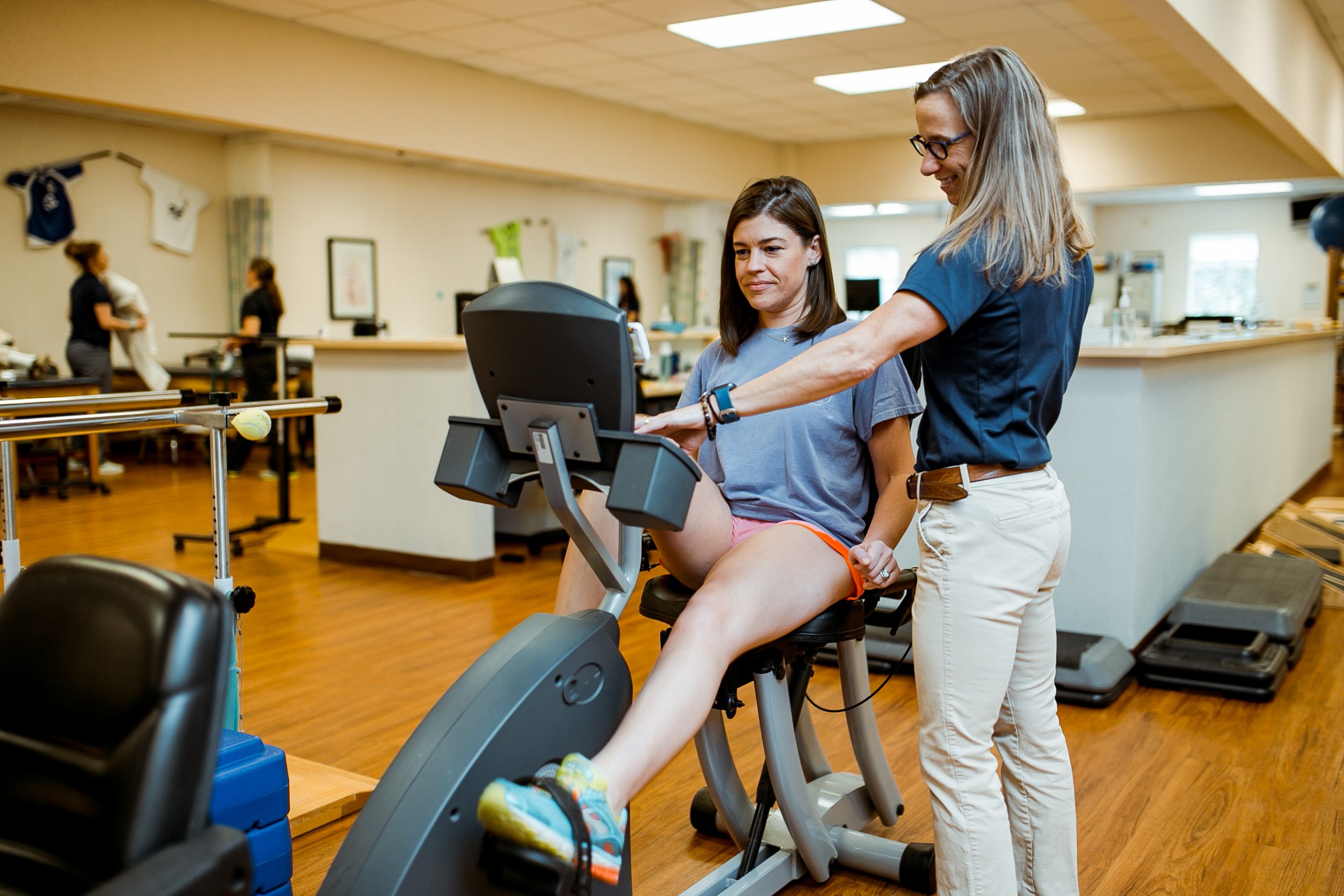One of the main methods used to reduce breathing difficulties in physical therapy is the application of controlled breathing exercises. These exercises often concentrate on abdominal breathing, which promotes patients to use their breathing muscle rather than their upper thoracic muscles when breathing in. This approach helps to increase lung volume and effectiveness. Additionally, pursed lip breathing is another technique that can be helpful. This method requires inhaling through the nose and breathing out slowly through compressed lips, which can assist to keep airways clear longer and render breathing feel easier. By incorporating these exercises into therapy sessions, physical therapists can provide patients with tools to manage their dyspnea both during and outside of their sessions.
Another crucial element of controlling dyspnea in physical therapy is the creation of an individualized exercise regimen. Tailoring exercises to meet the individual needs and capabilities of each patient is crucial. Therapists should slowly introduce aerobic exercises, such as ambulating or biking, in a structured manner, allowing patients to develop their endurance over time. This incremental method helps patients to feel more at ease with physical activity while simultaneously improving their lung capability and overall endurance. It is vital for therapists to monitor patients carefully during these exercises to ensure they are not overworking themselves, which could lead to increased difficulty of breath.
Teaching also plays a significant role in alleviating breathing difficulties during physical therapy appointments. Providing patients with information about their condition and the factors behind breathing difficulties can empower them to take control of their health. Therapists can describe how factors like anxiety, posture, and environmental conditions can influence breathing. By comprehending these concepts, patients can learn to control their issues more effectively. Techniques such as stress reduction methods and proper body posture can further assist in minimizing the effects of breathing difficulties during daily activities and therapy sessions.
In conclusion, effectively alleviating dyspnea in physical therapy appointments involves a mix of breathing exercises, individualized exercise regimens, and patient teaching. By applying these effective approaches, physical therapists can assist patients manage their respiratory difficulties and improve their overall well-being. Working together between therapists and patients is crucial to create tailored click here for info interventions that meet individual needs. With the right support and methods, patients can experience relief from breathing difficulties and participate more fully in their physical therapy journey, ultimately leading to a better quality of life.
